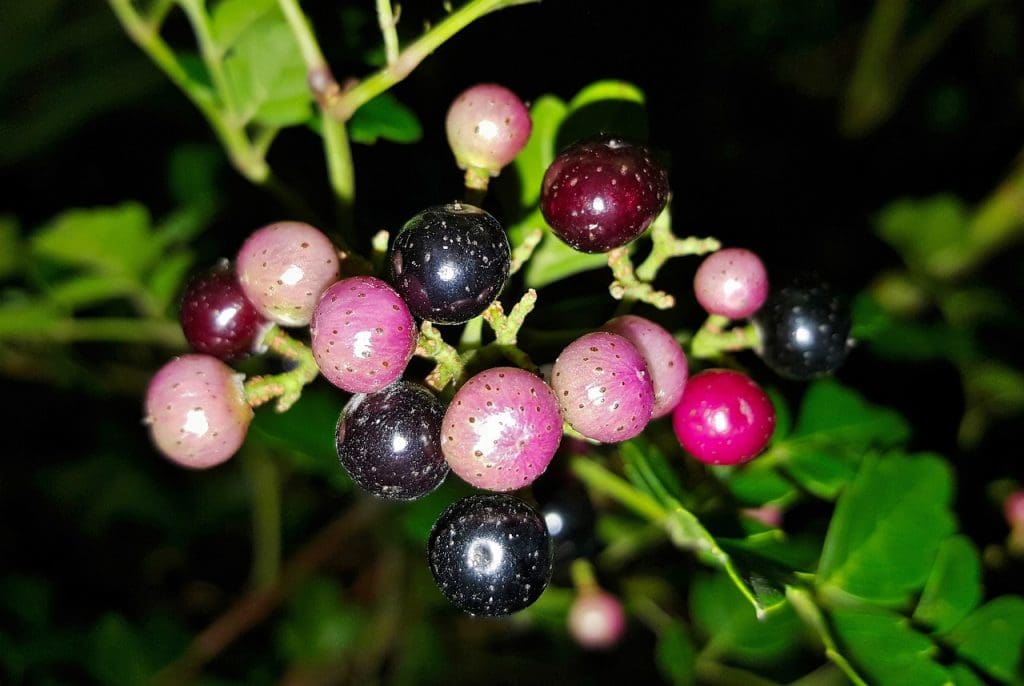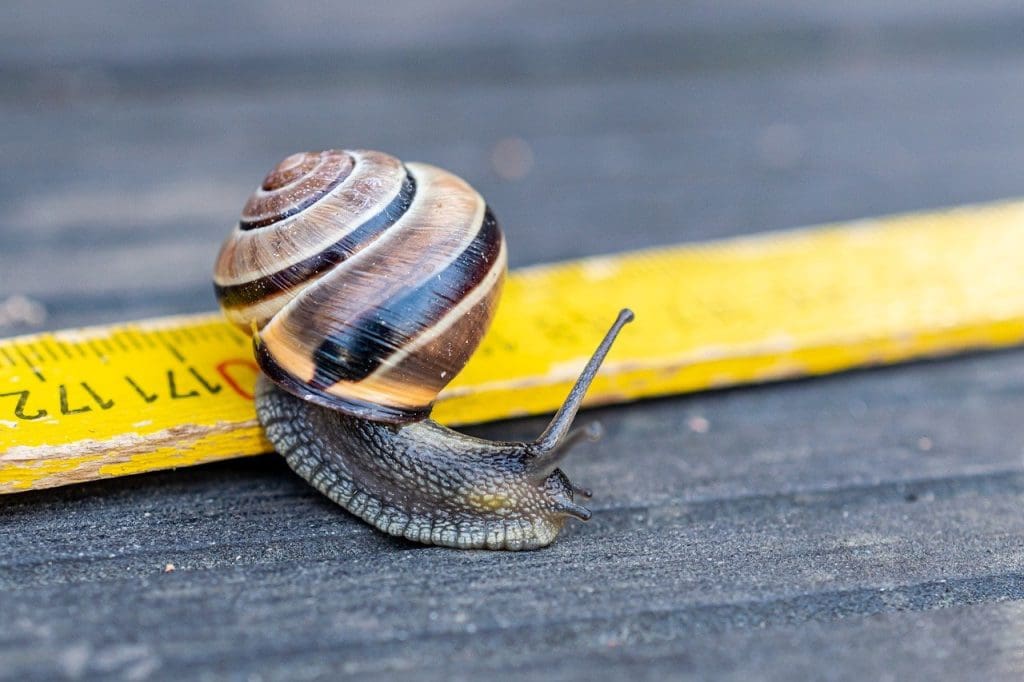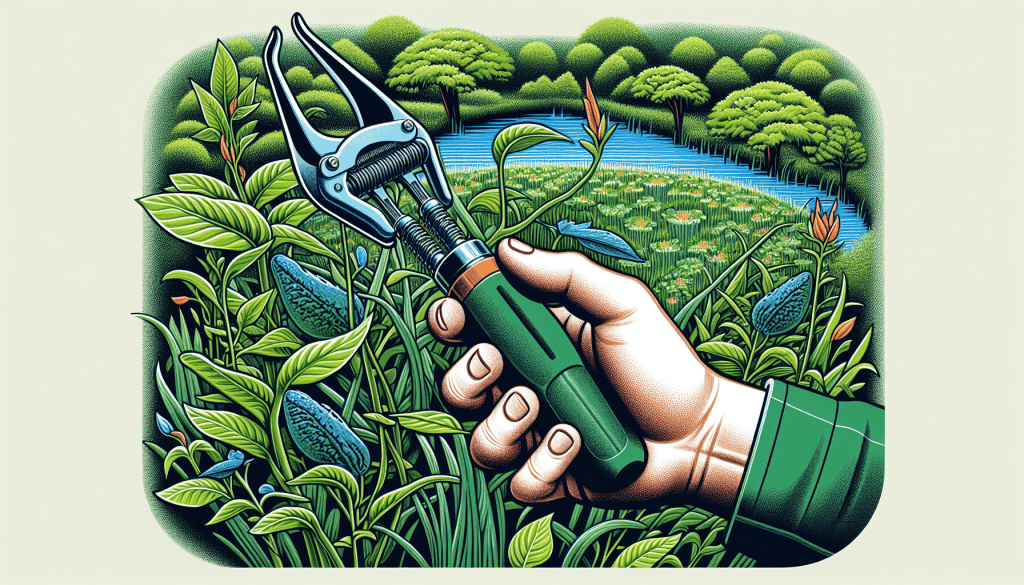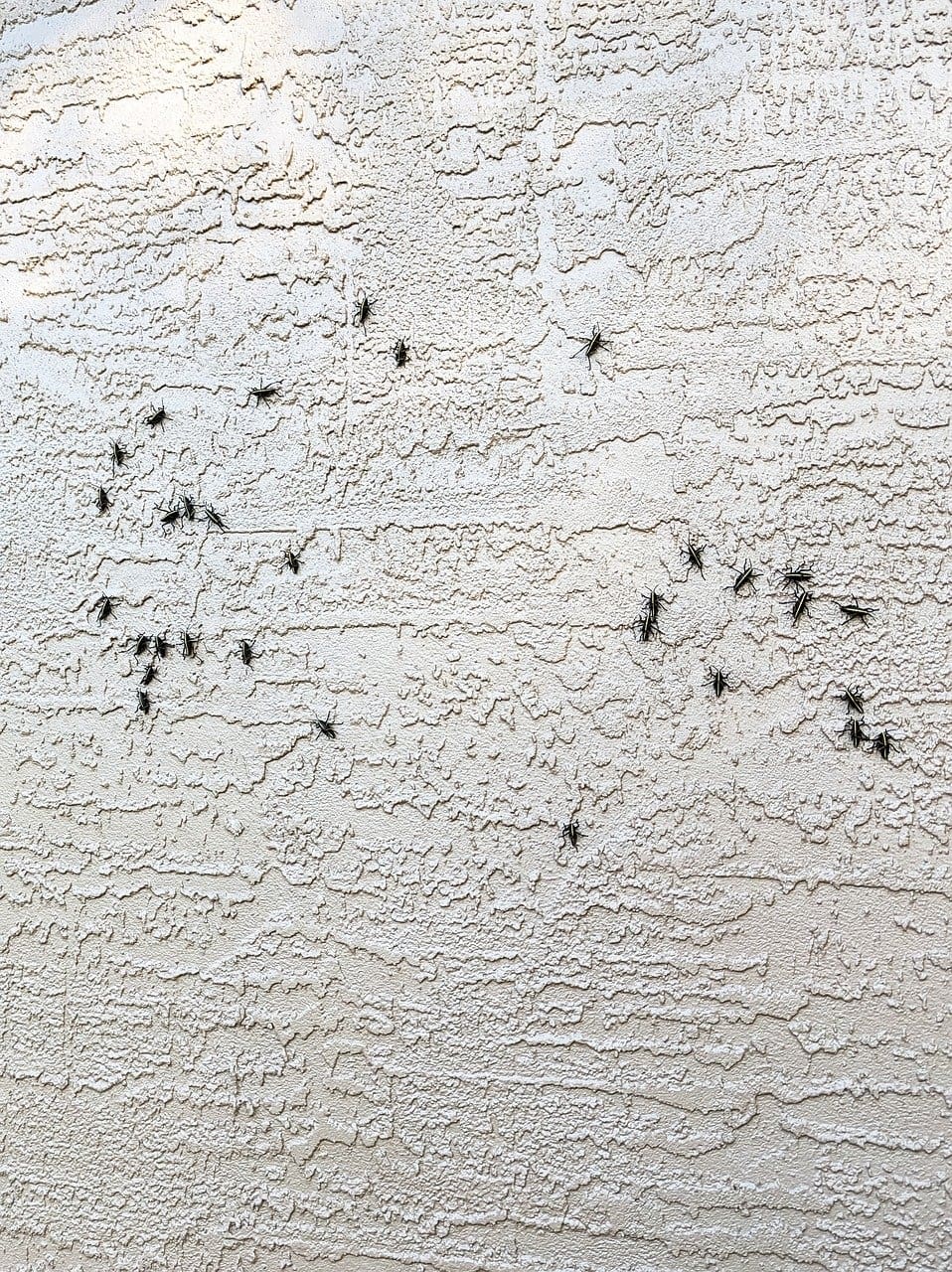Have you ever wondered what makes certain tools more effective than others when managing invasive plants like alligator weed in community areas? Alligator weed is a persistent and challenging nuisance, notorious for its rapid growth and resilience. Controlling its spread can be daunting, especially without the right tools.
Understanding Alligator Weed
What is Alligator Weed?
Alligator weed (Alternanthera philoxeroides) is an invasive plant species originally from South America. It’s known for its ability to thrive in both aquatic and terrestrial environments, making it exceptionally challenging to control.
Why is Alligator Weed a Problem?
This plant outcompetes native flora, reducing biodiversity and impacting water quality. It also obstructs waterways, which can lead to flooding and impair recreational activities. Therefore, managing it effectively is crucial for the health of community ecosystems and public spaces.
Manual Tools for Managing Alligator Weed
Manual tools involve physically removing the plant and are often the first line of defense in smaller community areas.
Hand Pulling and Digging
Hand pulling and digging are among the most straightforward methods for small infestations. Using garden gloves and a sturdy trowel, you can remove plants by the roots. However, this method requires persistence and regular monitoring, as alligator weed pieces left behind can regrow.
Advantages and Disadvantages
| Advantages | Disadvantages |
|---|---|
| Cost-effective | Labor-intensive |
| Environmentally friendly | Not suitable for large areas |
| Immediate results | Risk of regrowth |
Weeding Forks and Rakes
Weeding forks and rakes can be used to loosen soil and remove more extensive infestations. A weeding fork, in particular, is useful for getting under the root system, while a rake can help gather removed plants.
Tips for Effectiveness
Using these tools effectively means working systematically. Concentrate on small sections at a time and ensure that roots are thoroughly removed.

Mechanical Tools
Mechanical tools are essential for larger areas where manual methods are impractical.
Mowers and Brush Cutters
Mowers and brush cutters are effective for cutting down dense stands of alligator weed.
Types of Mechanical Tools
- Mowers: Best for flat, accessible areas.
- Brush Cutters: Ideal for uneven terrain and areas with mixed vegetation.
Usage and Maintenance
Regular maintenance of mowers and brush cutters is essential for their longevity. Sharp blades ensure clean cuts, reducing the chances of further spreading alligator weed fragments.
| Tool | Ideal Usage | Maintenance Tips |
|---|---|---|
| Mower | Flat areas | Sharpen blades regularly |
| Brush Cutter | Uneven terrain | Check for debris after use |
Biological Control Methods
Biological control involves using natural enemies of the weed to manage its spread. This method is often integrated into a broader management strategy.
Alligator Weed Flea Beetle
The Alligator Weed Flea Beetle (Agasicles hygrophila) feeds on the leaves and stems, significantly weakening the plant.
Introduced Grazers
Introducing grazers like goats can also help control alligator weed, especially in mixed vegetation areas. However, this requires careful management to avoid overgrazing.
Pros and Cons of Biological Control
| Pros | Cons |
|---|---|
| Environmentally friendly | Requires time to become effective |
| Self-sustaining | Possible impact on non-target species |

Chemical Control Methods
Herbicides offer a highly effective method for controlling alligator weed, particularly in large infestations. However, their use requires careful consideration to avoid environmental damage.
Types of Herbicides
- Glyphosate: Broad-spectrum herbicide suitable for both aquatic and terrestrial use.
- Imazapyr: Specifically targets invasive species and is useful in mixed ecosystems.
Application Techniques
Herbicides can be applied using backpack sprayers for small areas or boom sprayers for larger ones.
Safety Considerations
Always use personal protective equipment (PPE) and follow the manufacturer’s instructions regarding application rates and procedures to ensure safety and effectiveness.
Environmental Impact
Choosing herbicides with minimal residual effects can help mitigate negative environmental impacts. Always consider the surrounding ecosystem before application.
| Herbicide | Application Method | Safety Notes |
|---|---|---|
| Glyphosate | Backpack/Boom Sprayer | Use PPE |
| Imazapyr | Boom Sprayer | Follow guidelines for aquatic use |
Integrated Pest Management (IPM)
Combining various control methods can lead to more effective and sustainable outcomes.
What is IPM?
Integrated Pest Management (IPM) is a holistic approach that combines biological, mechanical, chemical, and cultural practices to manage invasive species sustainably.
Steps in IPM
- Monitoring: Regularly inspect areas for alligator weed spread.
- Cultural Controls: Enhance the health of native plants to outcompete alligator weed.
- Mechanical Controls: Use mowers or pull by hand as needed.
- Biological Controls: Introduce natural predators.
- Chemical Controls: Apply herbicides responsibly as a last resort.
Benefits of IPM
Implementing an IPM program ensures that each method complements the others, providing long-term control and minimizing environmental impact.
| IPM Component | Action | Benefit |
|---|---|---|
| Monitoring | Regular inspections | Early detection |
| Cultural Controls | Promote native flora | Prevents re-infestation |
| Mechanical Controls | Hand pulling, mowing | Immediate reduction |
| Biological Controls | Introduce predators | Sustainable control |
| Chemical Controls | Herbicide application | Effective for large areas |

Community Involvement and Education
Educating and involving the community can significantly enhance the effectiveness of alligator weed management efforts.
Why Community Involvement is Crucial
Community efforts can ensure regular monitoring, early detection, and timely intervention, which are all critical for successful management.
Creating Awareness
Organize workshops, distribute educational materials, and use social media to raise awareness about the importance of managing alligator weed.
Encouraging Participation
Involving local schools, volunteer groups, and other stakeholders can create a robust network of weed warriors committed to keeping public spaces healthy.
Final Thoughts
Managing alligator weed in community areas is a multifaceted challenge that requires a blend of manual, mechanical, biological, and chemical tools. Combining these methods within an Integrated Pest Management framework and involving the community can lead to sustainable and effective control. By understanding each tool’s strengths and limitations, you’re better equipped to maintain healthier, more vibrant community spaces.

